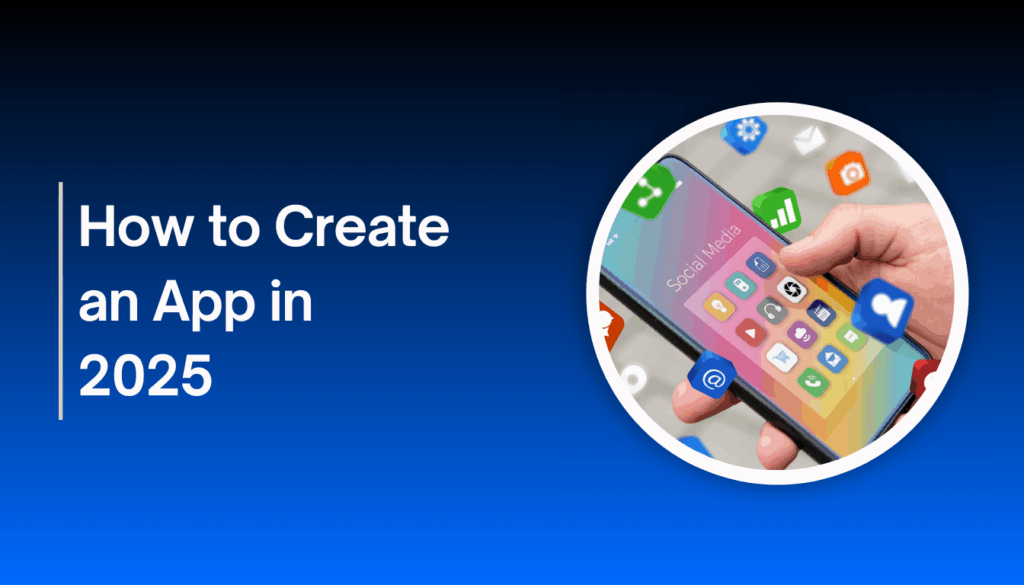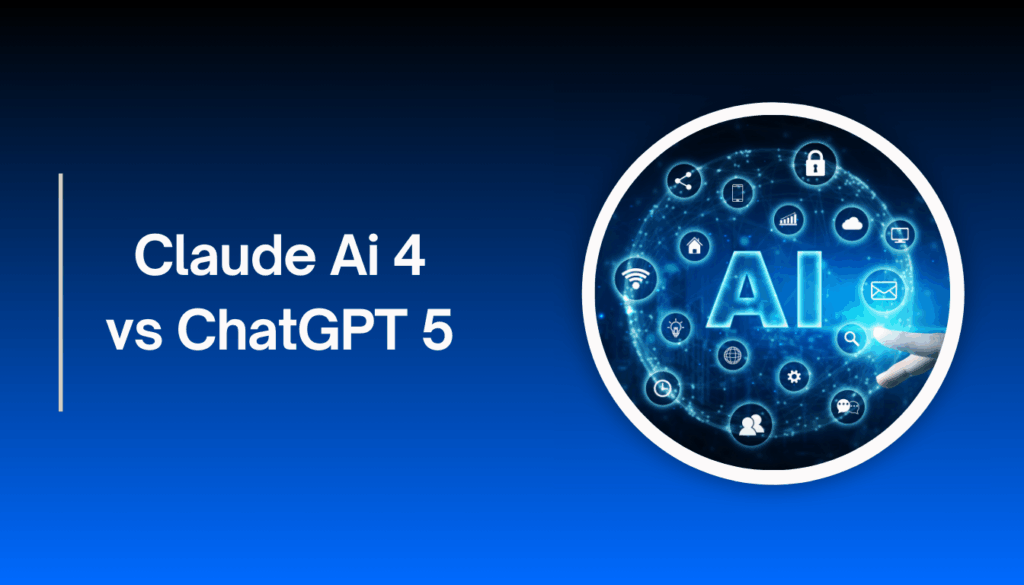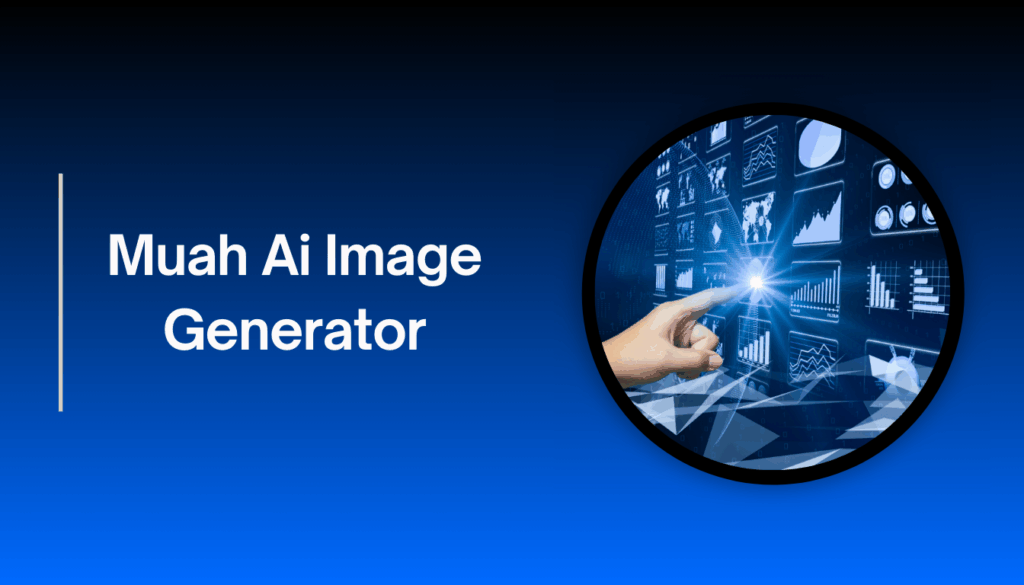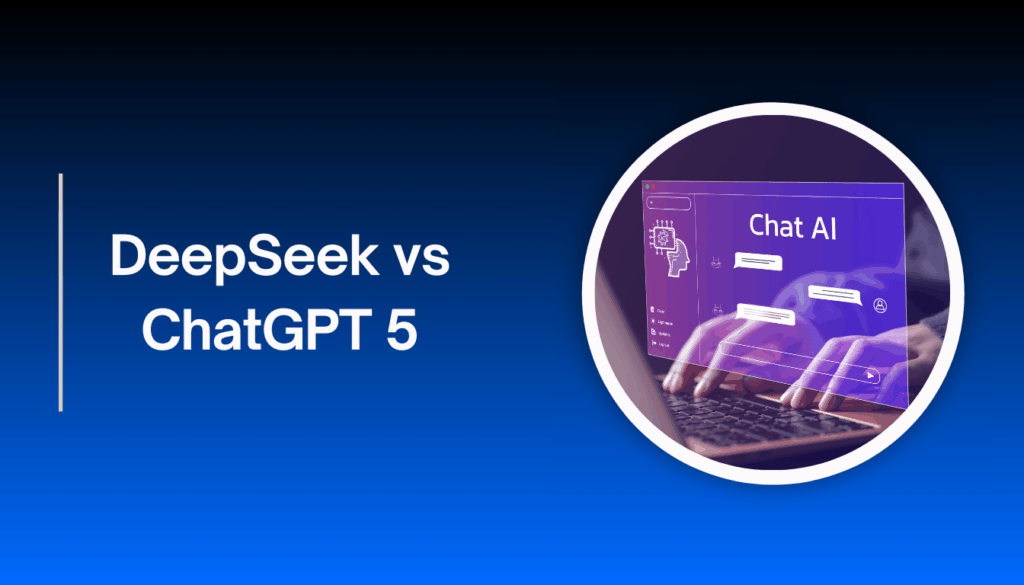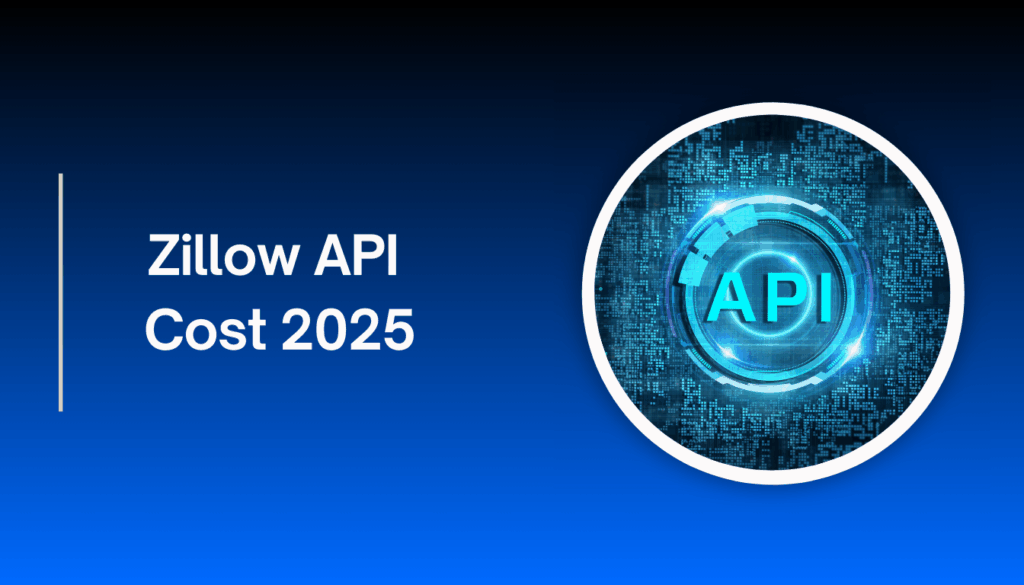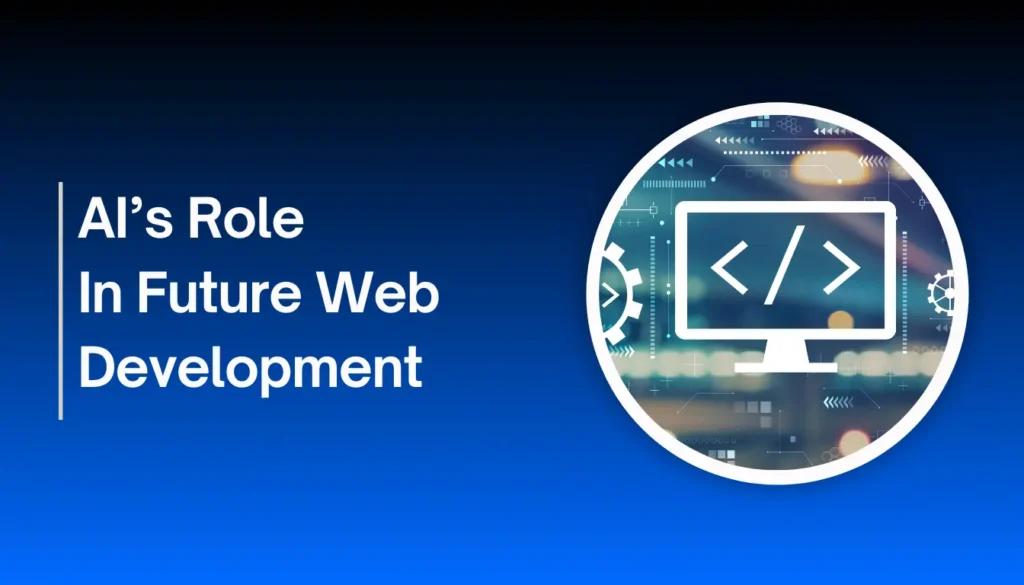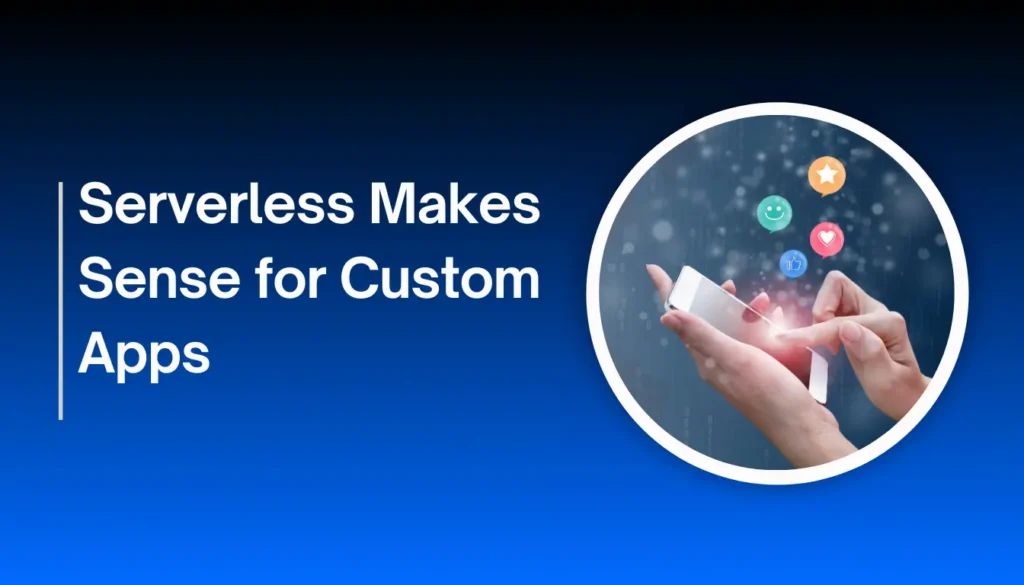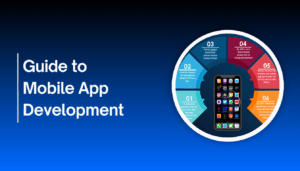The software industry is a race for speed. With updates rolling out daily and user expectations higher than ever, can your business still deliver high-quality software without sacrificing velocity? The answer lies in a major shift happening in the world of software testing. Gone are the days of manual, repetitive tests being the backbone of quality assurance.
In 2025, the new standard is AI-driven testing, a revolutionary approach that blends artificial intelligence with testing to create a faster, smarter, and more reliable process. As a seasoned professional in this field, I’ve seen teams move from slow, manual cycles to rapid, automated quality checks.
This isn’t just an upgrade; it’s a complete reimagining of what QA can and should be. The transition to AI is not about replacing human testers, but about giving them a powerful co-pilot to ensure quality at an unprecedented pace.
The AI Revolution in Software Testing
AI is fundamentally reshaping the software development lifecycle, pushing quality assurance to the forefront. It’s helping teams move from being reactive, finding bugs after they’ve been coded, to being proactive and predictive, catching issues before they even have a chance to affect the user.
This shift is critical in an era of continuous integration and continuous delivery (CI/CD), where code is being deployed constantly. AI-driven testing provides the speed and intelligence needed to keep up with this demanding pace without compromising on quality.
Intelligent Test Creation and Optimization
One of the most time-consuming parts of traditional testing is creating and maintaining a vast number of test cases. AI changes this by automating much of the process. Tools powered by AI can analyze user requirements, existing code, and historical defect data to automatically generate test cases.
This not only speeds up the process but also ensures broader test coverage, catching edge cases that might be missed by human-written scripts. The beauty of this is that it frees up human testers to focus on more complex, strategic tasks. I’ve personally seen this reduce test case creation time for a large-scale project by nearly 60%, allowing the team to focus on critical exploratory testing instead.
- AI analyzes user stories and requirements to generate test cases.
- Generative AI can create a variety of scenarios, including positive and negative test cases.
- This ensures a wider and more thorough test coverage from the start.
Self-Healing Test Automation
If you’ve worked with automated testing, you know how brittle scripts can be. A small change to a button’s ID or a page’s layout can cause an entire suite of tests to fail, requiring a manual fix. This is a huge maintenance burden. AI-driven testing solves this with “self-healing” capabilities. These tools use AI to recognize UI changes and automatically update the test scripts, so the tests continue to run smoothly. This drastically reduces the time and effort spent on maintaining test suites, ensuring that your test automation is always up-to-date and reliable.
- AI recognizes changes in the user interface (UI) of an application.
- It automatically adjusts test scripts to adapt to these changes.
- This minimizes maintenance overhead and keeps automated tests stable.
How Self-Healing Automation Works
- An automated test script fails because a web element’s locator (e.g., its ID) has changed.
- The AI-powered tool analyzes the element’s other attributes, such as its text, position, and surrounding elements.
- The AI finds the correct element and updates the test script’s locator automatically.
- The test re-runs successfully without any human intervention.
AI for Predictive Analytics and Risk-Based Testing
Instead of just reacting to bugs, AI-driven testing allows us to get ahead of them. AI models can analyze patterns in code changes, developer commit history, and past bug data to predict which areas of the application are most susceptible to defects. This enables a powerful strategy known as risk-based testing, where testers can prioritize their efforts on the most critical and high-risk areas of the software. This approach is far more efficient than the traditional method of testing everything equally and helps teams find the most impactful bugs faster.
- AI analyzes data to predict where defects are most likely to occur.
- Teams can prioritize testing based on the risk associated with different parts of the application.
- This targeted approach saves time and resources while improving overall quality.
Common Mistakes When Adopting AI-Driven Testing
While the benefits are clear, adopting AI-driven testing is not without its challenges. A common mistake is viewing AI as a “magic bullet” that will solve all QA problems without any human input. The reality is that AI is a tool, and like any tool, it requires a skilled human operator. Another pitfall is neglecting to provide high-quality data to train AI models. Poor data leads to poor results. Lastly, many teams make the mistake of not investing in training their QA professionals on these new technologies, leaving them unprepared for the future.
“AI in testing is not about replacing the human mind; it’s about freeing it to focus on higher-level problems.” This quote from an industry leader I recently spoke with really stuck with me. The most successful teams will be those that view AI as a powerful partner, not a replacement for human expertise.
| AI-Driven Testing | Traditional Automation |
|---|---|
| Generates and optimizes test cases automatically. | Requires manual creation of test scripts. |
| Has “self-healing” capabilities to adapt to UI changes. | Scripts are brittle and require manual maintenance. |
| Uses predictive analytics to prioritize testing. | Often follows a pre-defined, non-prioritized testing sequence. |
| Focuses on strategic, risk-based testing. | Can lead to a more comprehensive, but less efficient, testing approach. |
Essential Tools for Next-Gen QA
The market for AI-driven testing tools is growing rapidly. These tools are designed to streamline and enhance various aspects of the QA process. Some key players include:
- Mabl: An AI-powered test automation platform known for its self-healing capabilities and low-code approach, making it accessible to a wider range of users.
- Testim: A platform that uses machine learning to speed up test authoring, execution, and maintenance, with a focus on quick test creation and reliable performance.
- Applitools: Specializes in AI-powered visual testing, using computer vision to detect subtle UI and visual bugs that traditional tests might miss.
- Katalon Studio: An all-in-one automation tool with AI-driven features for scriptless and script-based testing across web, mobile, and API platforms.
Key Takeaways
- AI-driven testing is the new standard for quality assurance in 2025.
- AI automates test case generation and optimization, boosting efficiency and coverage.
- Self-healing capabilities in test automation dramatically reduce maintenance time.
- Predictive analytics help teams prioritize testing efforts based on risk.
- Human expertise is more valuable than ever, focusing on strategic and exploratory testing.
FAQ
How does AI-driven testing improve next-gen software QA?
Next-gen software QA refers to the use of artificial intelligence and machine learning to enhance and automate various aspects of the testing process. By using AI, organizations can ensure the quality of their software at a much faster pace, leading to quicker release cycles and a better user experience.
Will AI-driven testing replace human testers?
No, AI will not replace human testers. Instead, it will change their role. AI-driven testing handles repetitive and data-intensive tasks, allowing human testers to focus on more strategic activities that require critical thinking, such as exploratory testing, usability analysis, and defining the overall quality strategy.
How can I get started with AI-driven testing?
To start, you can identify a pain point in your current software testing process, such as high test maintenance or slow test case creation. Then, research and pilot an AI-powered tool that addresses that specific problem. It is best to start small, with a single project or team, to learn how to effectively integrate the new technology before scaling it across the organization.
Recommendations
For your business to stay competitive in 2025, a proactive approach to software testing is non-negotiable. Begin by assessing your current QA processes and pinpointing areas where AI-driven testing can provide the most value.
Invest in training your QA team to understand and manage these new tools, and foster a collaborative environment where developers and quality engineers work together from the start. A strategic blend of intelligent automation and human expertise is the winning formula for building high-quality software that customers love. The time to start is now, your competitors are already making this shift.





